 Welcome
Welcome
“May all be happy, may all be healed, may all be at peace and may no one ever suffer."
Loading...
Nails Diseases
Nails - Diseases
Nails are structures made of keratin, a tough protein, and are located on the tips of the fingers and toes. They serve several important functions, including:
- Protection: Nails help to protect the tips of the fingers and toes from injuries and trauma.
- Sensation: Nails are rich in nerve endings, which allow us to feel pressure, texture, and other tactile sensations.
- Grip: The rough surface of the nails can help to improve grip and dexterity.
- Support: The shape and structure of the nails can help to support the tips of the fingers and toes.
The anatomy of a nail includes several parts:
- Nail plate: This is the hard, visible part of the nail that covers the nail bed.
- Nail bed: This is the skin beneath the nail plate.
- Nail matrix: This is the tissue at the base of the nail that produces new cells for nail growth.
- Lunula: This is the half-moon-shaped area at the base of the nail plate.
- Cuticle: This is the layer of skin that covers the base of the nail plate.
Proper nail care, including regular trimming and cleaning, can help to keep nails healthy and prevent infections. Nails can also provide important clues to overall health, with changes in color, texture, and shape sometimes indicating underlying medical conditions.
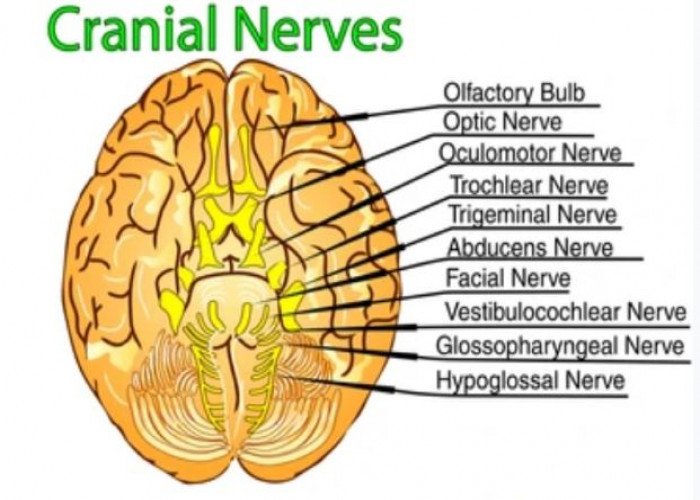
Cranial Nerves
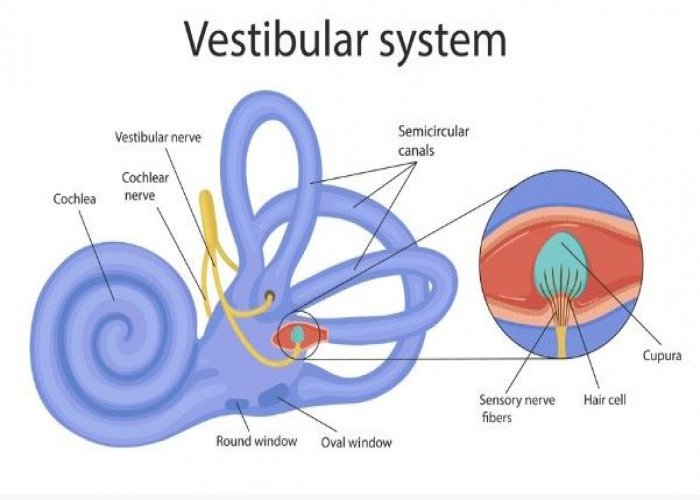
Vestibule of the Inner ear

N/A
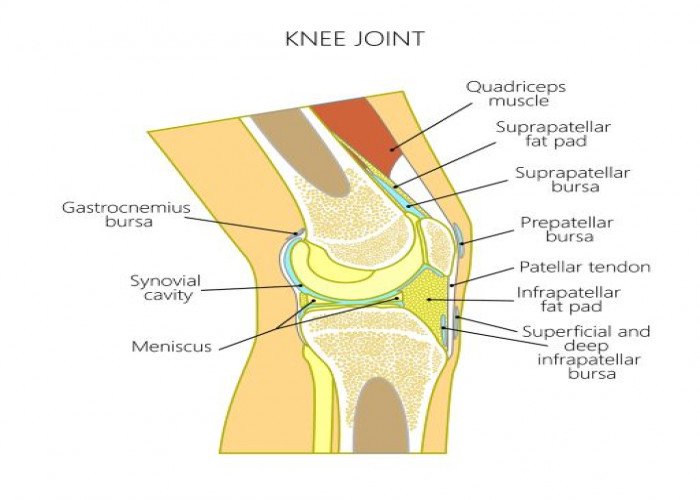
Knee
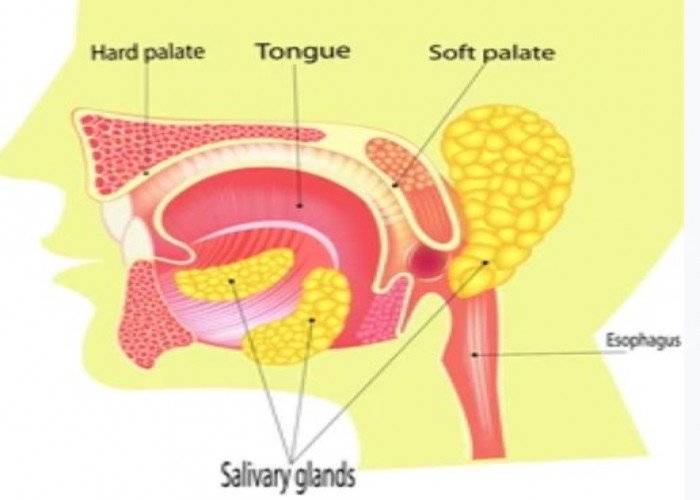
Salivary glands
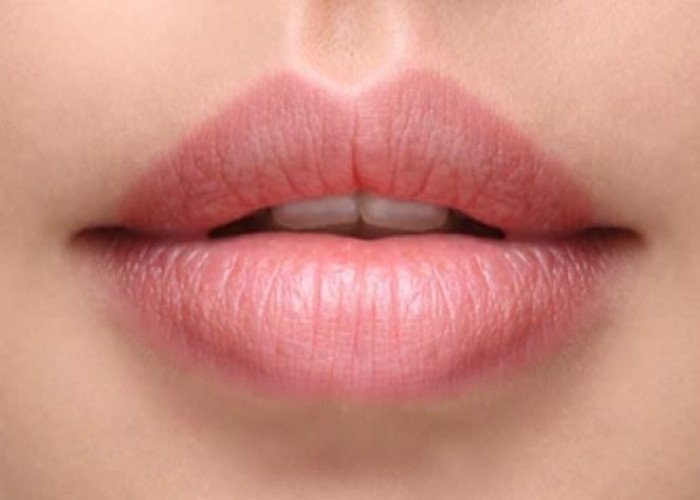
Lip
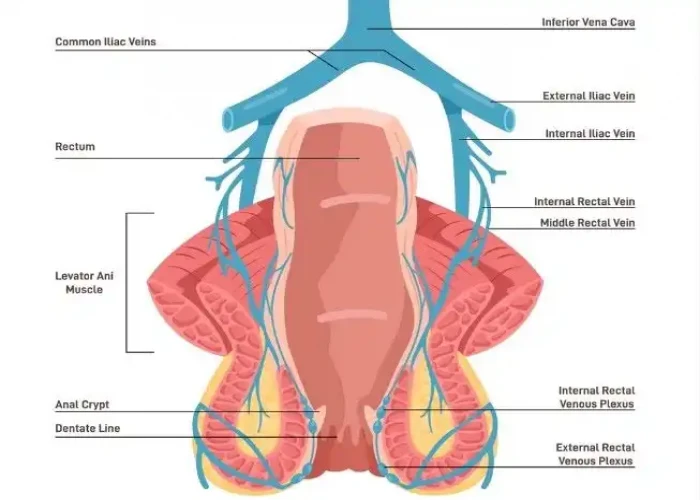
Anus

Scalp
Searching Keywords Idea
Nails, নখ
Bangladesh is Number One in Digital Medical Management.
To be happy, beautiful, healthy, wealthy, hale and long-lived stay with DM3S.
To be happy, beautiful, healthy, wealthy, hale and long-lived stay with DM3S.

